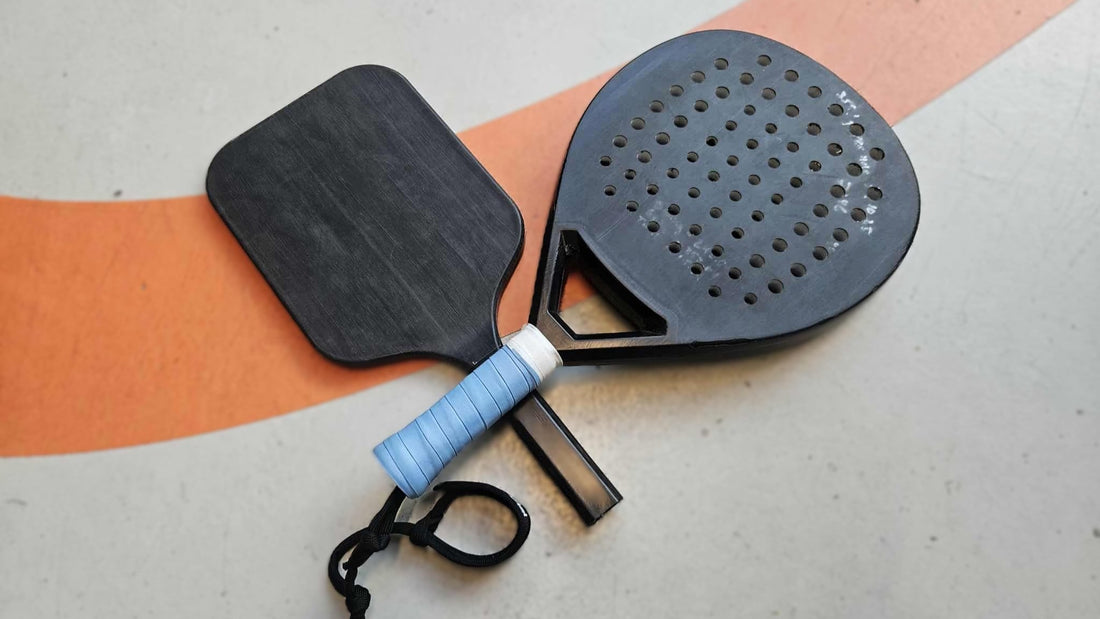
The rise of stringless rackets: The economic and environmental perspective
Mikkel Kaae JacobsenShare
In recent years we’re seeing a massive increase in the adoption of racket sports. Sports like padel, pickleball and beach tennis are picking up in different parts of the world.
What these sports all have in common is that the entry barrier is significantly lower than for more “traditional” racket sports like tennis or squash.
What they also share is the same piece of equipment: the stringless racket.
And that changes everything.
FROM REPAIRABLE TO DISPOSABLE
Tennis rackets are by nature repairable. If the string breaks, you restring it. The frame can last for years.
Padel rackets are disposable. There’s no restringing. When performance fades or cracks appear, you replace the entire racket.
That simple shift, from repairable to disposable, rewrites the economics of running a racket sports brand.
THE COST COMPARISON
A tennis racket might cost the same as a padel racket, around 2,000 DKK. But the long-term math looks very different.
In tennis, the frame lasts. The real cost is restringing: every two months at 250 DKK, or about 7,500 DKK over five years. Add the racket itself and you land at roughly 9,500 DKK. Most of that money goes to local retailers doing the service.
In padel, you don’t restring. You replace. Most players change rackets every eight months.
Over five years that’s eight rackets, 16,000 DKK in total. And here, the money flows directly to the brands.
Padel rackets end up costing about 6,500 DKK more than tennis rackets over five years. For brands, that’s a powerful incentive to push the sport and the use of stringless rackets.
THE ENVIRONMENTAL TRADE-OFF
This new model comes with a cost that’s harder to count. Tennis rackets fit into a more circular system: one frame, many stringings, less waste. Padel rackets are the opposite. More rackets produced, more discarded, fewer chances to repair.
Unless materials and manufacturing evolve, the rise of stringless rackets risks repeating the logic of fast fashion: growth driven by disposability.
LOOKING AHEAD
The shift to stringless rackets explains why padel brands are multiplying so quickly, and why sustainability is becoming the sport’s biggest challenge. For players, it means higher recurring costs. For brands, it means faster growth.
The real question is whether the next generation of stringless rackets can align economics with sustainability, building a model that doesn’t just sell more rackets, but secures the future of the sport.
That's the future we’re building towards.
